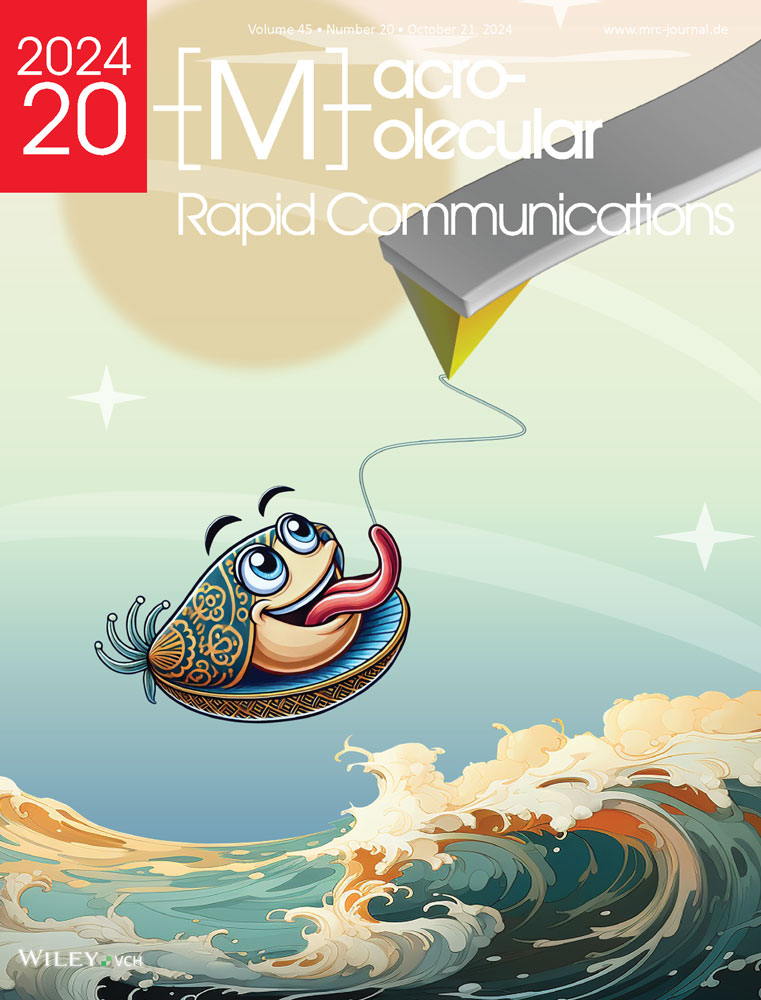Light-Triggered Reversible Swelling of Azobenzene-Containing Block Copolymer Worms via Confined Deformation Prepared by Polymerization-Induced Self-Assembly
Abstract
Stimuli-responsive block copolymer nanoparticles (NPs) have received close attention in recent years owing to their tremendous application potential in smart materials. Azobenzene-containing NPs are widely studied due to the advantages of light as a stimulus and fast reversible trans–cis isomerization of azobenzene chromophores. However, the inefficient preparation process and difficult reversible transformation of morphologies limit their development. Herein it is demonstrated that the light-triggered reversible swelling behavior of wormlike NPs with high azobenzene content could be realized via confined deformation. These worms are prepared in large quantities via polymerization-induced self-assembly based on the copolymerization of 11-(4-(4-butylphenylazo)phenoxy)undecyl methacrylate (MAAz) and N-(methacryloxy)succinimide (NMAS) monomers. Upon UV/visible light irradiation, the reversible deformation of worms is achieved when the feed molar ratio of NMAS/MAAz is relatively high or via crosslinking using diamines, which leads to the reduction of the photoisomerization efficiency. The diameter variation of the worms is influenced by the amount and types of crosslinkers. Moreover, the scalability of this strategy is further proved by the fabrication of photo- and reductant-responsive crosslinked worms. It is expected that this study not only provides a new route to affording reversible photoresponsive NPs but also offers a unique insight into the reversible photodeformation mechanism of azobenzene-containing NPs.
Conflict of Interest
The authors declare no conflict of interest.
Open Research
Data Availability Statement
Research data are not shared.




